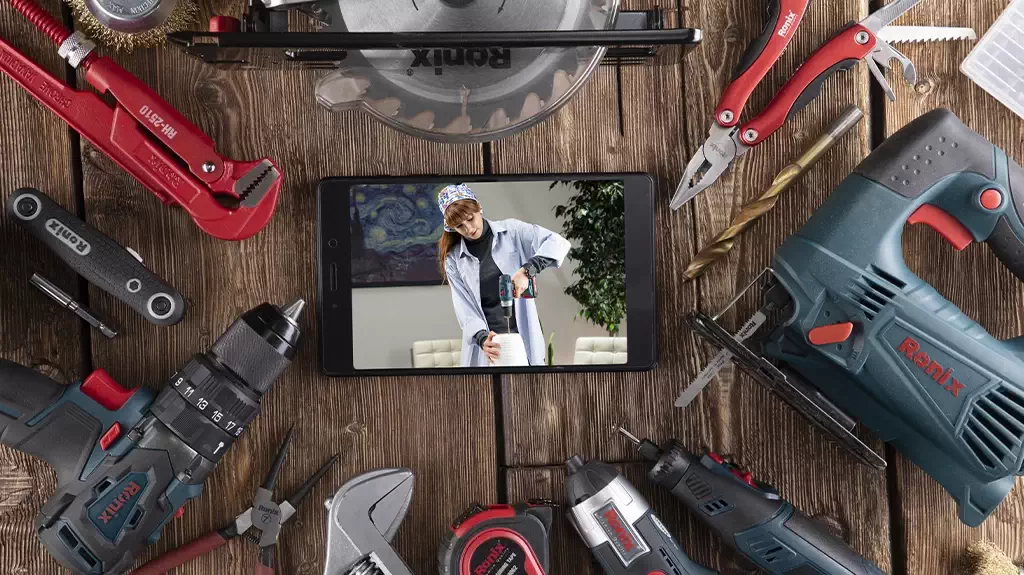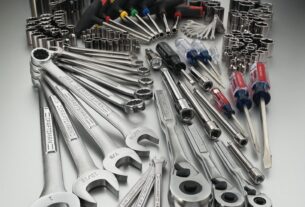Are you tired of being tethered by cords when using power tools? A cordless cutting tool is a game-changer that allows you to move around freely while still getting the job done. But with so many options on the market, how do you choose the right one for your needs?
In this comprehensive guide, we’ll break down everything you need to know about cordless cutting tools, including their benefits, types, features, and how to choose the best one for your specific needs. So let’s dive in!
Benefits of Cordless Cutting Tools
Cordless cutting tools offer several advantages over their corded counterparts. Here are some of the most significant benefits:
1. Portability: Cordless cutting tools don’t require an electrical outlet, making them highly portable and convenient to use anywhere.
2. Flexibility: Without cords getting in your way, you can easily maneuver your tool into tight spaces and hard-to-reach areas.
3. Safety: With no cords to trip over or accidentally cut through, cordless cutting tools are generally safer to use than corded ones.
4. Efficiency: Most cordless cutting tools come with high-capacity batteries that provide long run times and fast charging capabilities, allowing you to work more efficiently.
Types of Cordless Cutting Tools
There are several types of cordless cutting tools available on the market, each designed for specific tasks. Here are some of the most popular types:
1. Cordless Circular Saw: This type of saw is ideal for making straight cuts in wood and other materials.
2. Cordless Jigsaw: A jigsaw is perfect for making curved cuts in wood or metal.
3. Cordless Reciprocating Saw: Also known as a “sawzall,” this type of saw is excellent for demolition work and cutting through tough materials like metal and masonry.
4. Cordless Miter Saw: A miter saw is designed for making angled cuts in wood and other materials.
5. Cordless Band Saw: This type of saw is ideal for cutting through metal pipes, rods, and other materials.
Features to Consider When Choosing a Cordless Cutting Tool
When choosing a cordless cutting tool, several features should be considered. Here are some of the most important ones:
1. Battery Voltage: The battery voltage determines how much power the tool has. Higher voltage batteries provide more power and longer run times but may also add weight to the tool.
2. Blade Size: The blade size determines the maximum depth of cut the tool can make. Larger blades are better suited for thicker materials, while smaller blades are ideal for finer cuts.
3. Blade Type: Different types of blades are available for different cutting tasks, including wood, metal, plastic, and more.
4. Speed Settings: Some cordless cutting tools come with variable speed settings that allow you to adjust the blade’s speed based on the material being cut.
5. Ergonomics: Look for a tool with a comfortable grip that fits your hand well and feels balanced during use.
6. Weight: Cordless cutting tools can vary in weight depending on their size and features. Consider the weight of the tool if you plan to use it for extended periods.
7. Brand Reputation: Choose a brand with a good reputation for producing high-quality, reliable tools.
How to Choose the Best Cordless Cutting Tool
Now that we’ve covered the benefits, types, and features of cordless cutting tools let’s discuss how to choose the best one for your needs. Here are some factors to consider:
1. Task at Hand: Determine what kind of cutting tasks you’ll be performing most frequently and choose a tool that’s best suited for those tasks.
2. Budget: Cordless cutting tools can range in price from around $50 to over $500. Set a budget and look for a tool that fits within your price range while still meeting your needs.
3. Battery Life: Consider the battery life of the tool you’re interested in. Look for a tool with long run times and fast charging capabilities.
4. Compatibility: If you already have cordless tools from a specific brand, consider choosing a cutting tool that’s compatible with those batteries, which can save you money in the long run.
5. Reviews: Look for reviews of the tool you’re considering to see what other users are saying about its performance and reliability.
Conclusion
Cordless cutting tools are an excellent investment for both DIY enthusiasts and professional contractors. They provide portability, flexibility, safety, efficiency, and can make your work much easier.
When choosing a cordless cutting tool, consider the type of tasks you’ll be performing most frequently, your budget, battery life, compatibility with existing tools, and reviews from other users. With this guide in mind, you’ll be able to choose the best cordless cutting tool for your needs with confidence.
References:
1. https://en.wikipedia.org/wiki/Cordless_power_tools
2. https://www.popularmechanics.com/home/tools/a26626719/cordless-circular-saws/
3. https://www.bobvila.com/articles/best-cordless-jigsaw/
4. https://www.familyhandyman.com/list/the-best-cordless-reciprocating-saw-for-every-diy-need/
5. https://www.homedepot.com/c/ab/types-of-miter-saws/9ba683603be9fa5395fab903c8edf2d
6. https://www.machinemfg.com/band-saw-types-applications/




